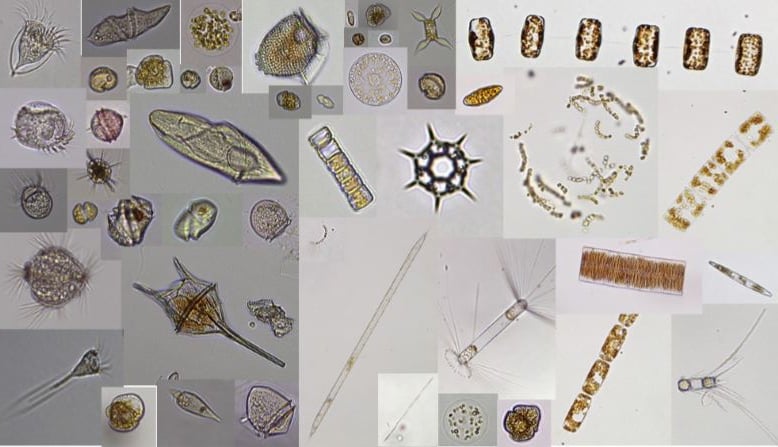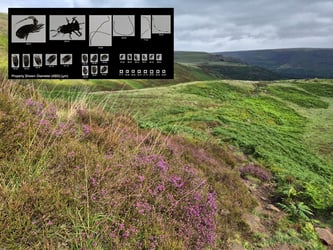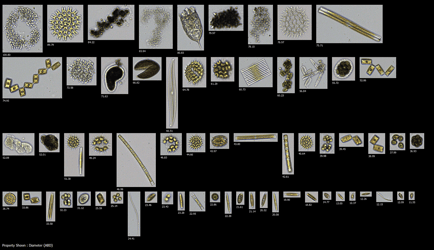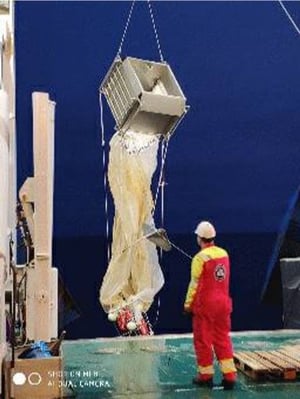
In the Austral Summer of 2018-2019 a Norwegian research group aboard the RV Kronprins Haakon, an ice-breaking polar research vessel, traveled to the Antarctic on a research mission with two objectives: 1) to update the estimate of biomass and distribution of krill off the coast of West Antarctica and 2) to become educated on the marine environment in this area for the purpose of implementing a Feed-Back Management (FBM) system, allowing fishery managers to set catch limits based on current ecosystem health.
In aiming to develop a methodology for collecting concentration and characterization information on phytoplankton and microzooplankton (components of the krill diet) in the photic zone, the research team aboard the RV Kronprins Haakon used both the FlowCam VS 1 and the FlowCam Macro in order to test each instrument in this application.
Using FlowCam data, it was observed that "In general, there were low abundances and diversity in the phytoplankton and microzooplankton of Brandsfield Strait compared to the Scotia Sea and around the South Orkney Islands...The highest diversity and biomass of the microplankton community was observed within the sheltered Whalers Bay at Deception Island".
Pictured above: Multinet Mammoth deployment from the stern of RV Kronprins Haakon 11 February 2019. Photo: Tor Knutsen, IMR.
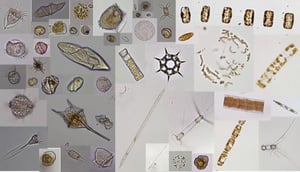 The study concludes that "The FlowCam's operationality at sea was much higher than expected. There were no problems with ship-movement and vibrations and analyses could be run in bad weather (strong gale). This may be because RV Kronprins Haakon is a large and heavy ship little affected by waves. The FlowCam Macro procedure developed during this cruise for identification and quantification of mesozooplankton may stand alone, while combining the FlowCam [VS 1] with observations using an inverted microscope significantly increase the taxonomic resolution for phytoplankton and microzooplankton."
The study concludes that "The FlowCam's operationality at sea was much higher than expected. There were no problems with ship-movement and vibrations and analyses could be run in bad weather (strong gale). This may be because RV Kronprins Haakon is a large and heavy ship little affected by waves. The FlowCam Macro procedure developed during this cruise for identification and quantification of mesozooplankton may stand alone, while combining the FlowCam [VS 1] with observations using an inverted microscope significantly increase the taxonomic resolution for phytoplankton and microzooplankton."
Pictured above: Phytoplankton and microzooplankton species observed during the cruise and imaged using an inverted microscope for verification of FlowCam images.
View the complete study here:
Report from a krill focused survey with RV Kronprins Haakon and land-based predator work in Antarctica during 2018/2019
Read more about analyzing plankton with the FlowCam here: FlowCam for Phytoplankton & Zooplankton Analysis








